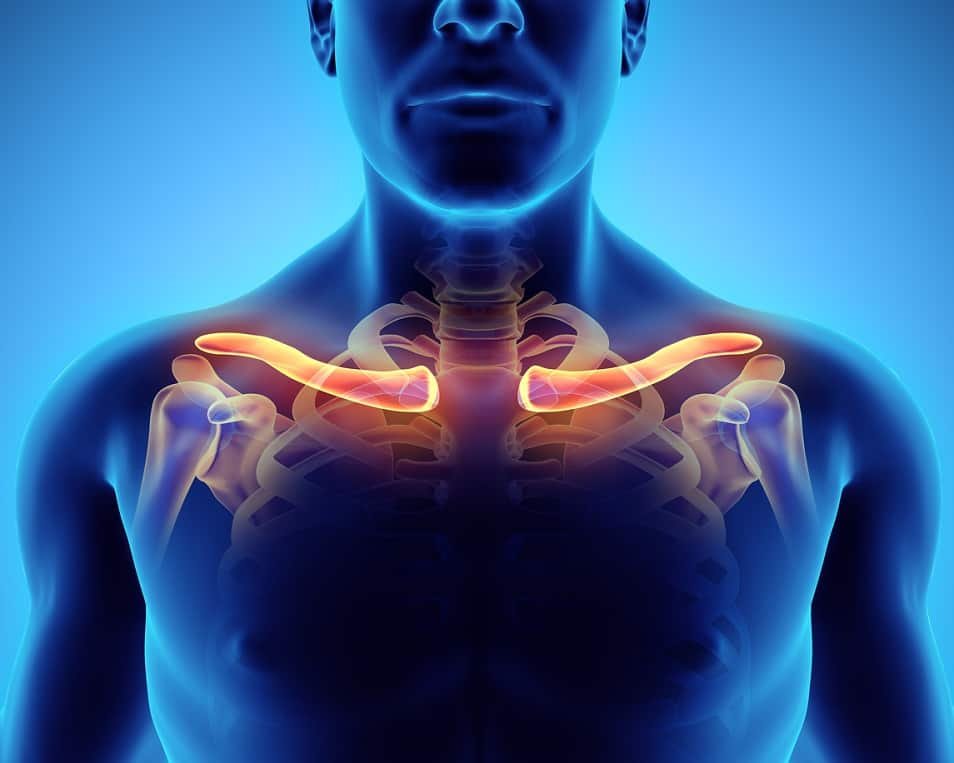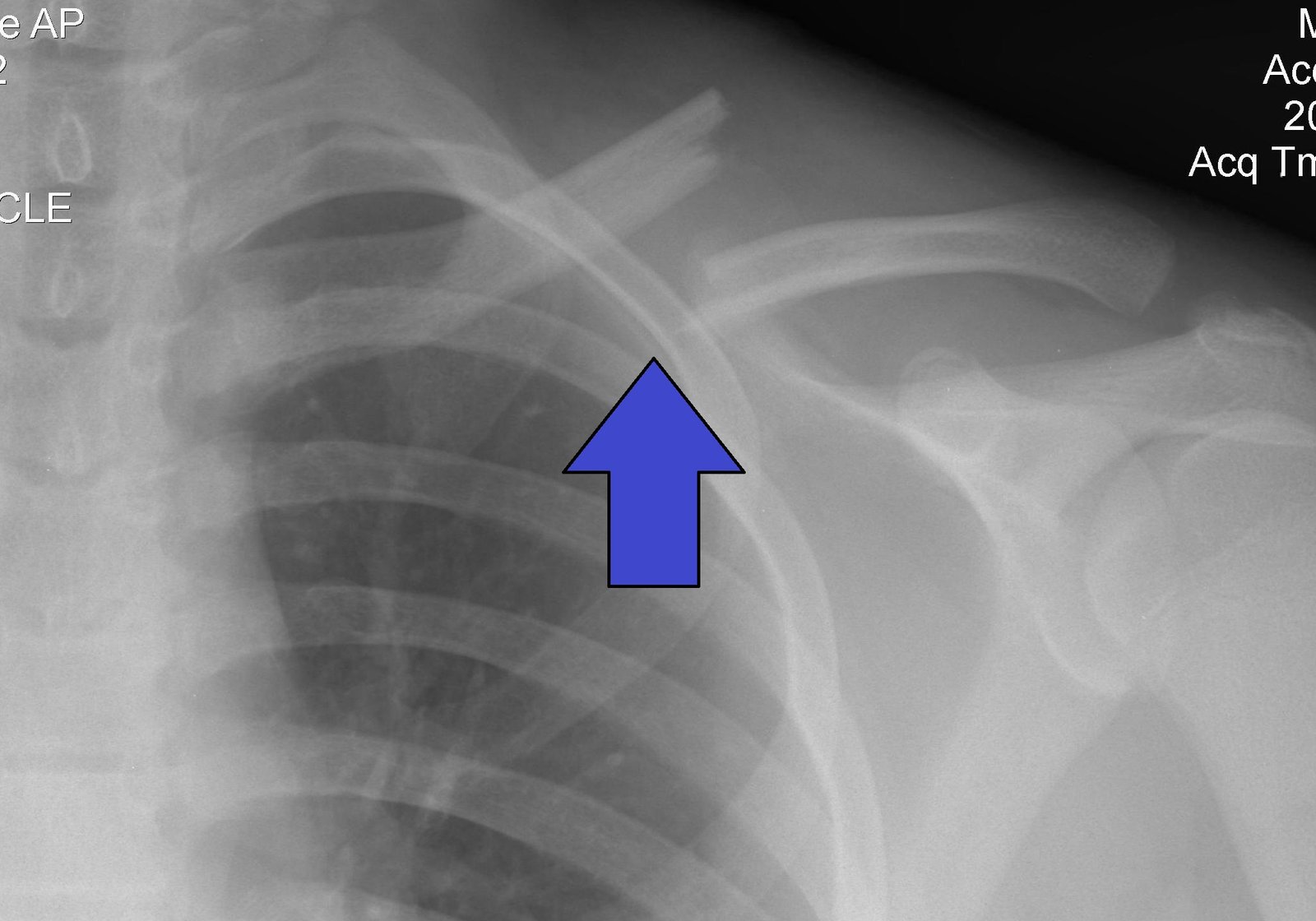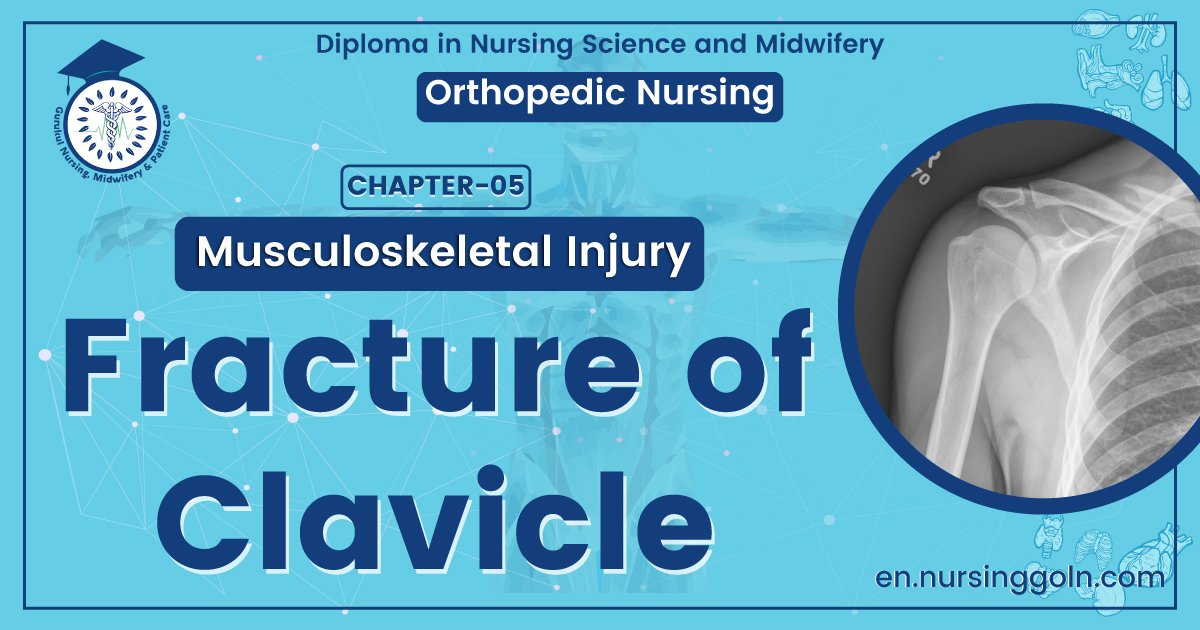Fracture of clavicle -An orthopedic nurse is a nurse who specializes in treating patients with bone, limb, or musculoskeletal disorders. Nonetheless, because orthopedics and trauma typically follow one another, head injuries and infected wounds are frequently treated by orthopedic nurses.
Ensuring that patients receive the proper pre-and post-operative care following surgery is the responsibility of an orthopedic nurse. They play a critical role in the effort to return patients to baseline before admission. Early detection of complications following surgery, including sepsis, compartment syndrome, and site infections, falls under the purview of orthopedic nurses.
Fracture of clavicle | CHAPTER 5 | Orthopedic Nursing
Mechanisms of clavicle fracture:
Direct: due to blow on the calvicle and RTA.
Indirect: fall on the outstretched hands accounts for 1 percent of the cases.
[Ref-Dr. Jahir, “Surgery I” Paper” 4th Edition, Page-547]
Sites of clavicle fractures:
1. At the junction of middle and outer third of clavicle (85%)
2. Medial end of the clavicle (5%).
3. Lateral end of clavicle (About 10%).

[Ref-John Ebnezar’s “Textbook of Orthopedics” 4th edition page-120]
Classification of fracture clavicle (Allman’s):
1. Group I: Middle third fractures.
2. Group II: lateral third fractures. it is sub-classified.
Type A: Coracoclavicular ligament intact.
Type B: Coracoclavicular ligament ruptured/torned/ditached
Type C: Intra-articular fracture extension into ACM joint.
3. Group III: medial third fractures.
[Ref-Apley’s “System of Orthopaedics and Fractures” 9th edition page-732]
Clinical features of fracture clavicle:
A) History:
1) Commonly children.
2) Violent injury to clavicle.
3) Fall on outstretched hands.
B) Symptoms:
1) Pain around the clavicle.
2) Swelling over the clavicle.
3) Inability to raise the shoulder.
4) Patient may present with pseudo-paralysis of the affected arm.
C) Signs:
1) Dropping the shoulder.
2) Patients supports flexed elbow of injured side witherivers:0 other hand.
3) Tenderness over the fracture site.
4) Swelling over the clavicle can be palpate.
5) Dugas test = Positive.
[Ref-John Ebnezar’s “Textbook of Orthopedics” 4th edition page-120+S. Das, Clinical surgery, 5th edition]
Complications of clavicle fractures:
A. Early complications:
1. Pneumothorax.
2. Damage to the subclavian vessels.
3. Brachial plexus injuries.
B. Late complications:
1. Non-union.
2. Malunion
3. Stiffness of the shoulder.

[Ref-Apley’s “System of Orthopaedics and Fractures” 9th edition page-735]
Dugas test:
It is a physical examination technique in which patient is asked to touch the opposite shoulder by injured hand.
In case of shoulder dislocation and clavicle fracture patients can not touch opposite hand. He feel sharp pain when he try to touch.
It is + (ve) in Shoulder dislocation. Clavicle fracture.
Treatment of fracture clavicle:
A) Conservative treatment :
1. Cuff and collar sling: for undisplaced clavicle fractures.
2. Strapping: Strapping of the fracture site after reduction of the fracture by elevating the arm and bracing the shoulder upwards and backwards gives good results in both children and adults.
3. Figure of “8”: reduction and immobilization is carried out by figure of
4. Sabre methods: Sabre method consists of rigid dressing over the fracture. This is no longer used.
5. Belington Yoke method: It uses a plaster of Paris over a well-padded figure of ‘8’ dressing.
B) Operative treatment: rarely used,
1) ORIF (open reduction and internal fixation) of clavicle.
2) Intramedullary fixation with K-wire.
3) External fixators in open fracture of clavicle.
[Ref-John Ebnezar’s “Textbook of Orthopedics” 4th edition page-121]
Strapping of the clavicle fracture:
1) Seat the patient comfortably on the stool.
2) Instruct the patient to brace the shoulder up and back.
3) Stripe the fracture site with optimum force.
4) Put a cuff and collar sling.
5) Wrap the patient with a towel or shawl. in case of patient being male, ask him to wear to shirt by passing the unaffected limb through the shirt sleeve and overlap it over the affected arm to button it.

[Ref-BT. Basavanthappa, Orthopedics for nurses, page-168]
Figure of ‘8’ bandage in a clavicle fracture patients:
1) Pad both axilla adequately with cotton.
2) Assist the doctors or apply the figure of 8 bandage yourself under the guidance of the doctor.
3) Use moderate force while applying the bandage. 4) Check the radial pulse on both the sides. If feeble or absent immediately release and reaply the bandage.
5) Give a cuff and collar sling.
6) Instruct the patient to wear the dress as mentioned above

[Ref- BT. Basavanthappa, Orthopedics for nurses, page-168]
Home instruction of a clavicle fracture patient:
A) Do:
1) Do active exercise of the fingers.
2) Sponge bath everyday.
3) Carry out the day to day activities with the unaffected extremity.
4) Meditate and keep onself cheerful.
5) Try to be active and mobile.
6) Take care to keep bandage clean.
B) Do NOT:
1) Do not lift the affected extremity.
2) Do not bath over the head and body but sponge bath every day.
3) Do not carry or lift heavy weight.
4) Do not sleep on affected side.
5) Refrain from sports and traveling.
6) Do not soil the bandage.
[Ref- BT. Basavanthappa, Orthopedics for nurses, page-168]
Criteria of clavicle bone :
1. Clavicle is the first bone to ossify in the body.
2. It ossifies from two primary centers.
3. It is the only long bone in the body lying horizontal. 4. It is the only long bone ossifying from a membrane.
5. It is the only link between the appendicular and the axial skeleton.
6. It is the most common bone to be fractured in children.
7. It is invariably end up maluniting after the fracture.
[Ref-John Ebnezar’s “Textbook of Orthopedics” 4th edition page-119]
Read more:
